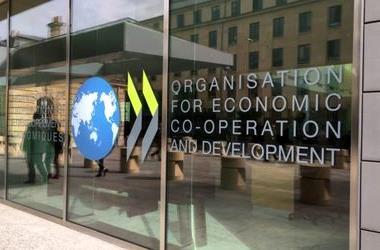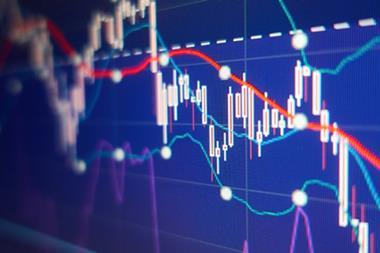Denmark’s pensions sector recouped around a seventh of last year’s investment losses by the end of May, according to new central bank data, and one provider has warned it could take up to five years to fully iron out the dent 2022 left in pension balances.
Danmarks Nationalbank said on Monday the insurance and pension sector had a positive return on DKK92bn (€12.3bn) in the first five months of this year.
“The positive return is due to gains on all asset classes including shares, bonds and interest rate derivatives,” the central bank said.
“Last year, there were losses in all asset classes, and the sector lost DKK696bn – primarily as a result of price losses on bonds and interest rate derivatives from rising interest rates,” the bank said.
However, the Copenhagen-based institution said that despite the loss last year, the total return since 2018 was still a positive DKK428bn, particularly because of high returns in the three years from 2019 to 2021.
Jens Christian Nielsen, chief economist at mutual pension provider Velliv, commented on the bank’s figures saying: “We have far from recovered what was lost in 2022, when the loss amounted to just under DKK700bn in an annus horribilis.
“My best bet is that we will have three to five years before we have made up for lost time – this is not unusual after major downturns in the financial markets,” he said.
Referring to the DKK428bn five-year gain reported by Danmarks Nationalbank, he said that overall, Danes’ pension assets were doing really well and in good shape, but that there would be no return to the surging investment values of the 2010s.
The 2010s were, in a return context, in a league of their own. With falling interest rates and central banks splashing out money to escape the shadows of the financial crisis, it was happy hour in the financial markets and returns were at record highs, Nielsen said.
That time was over, he said, but added that Velliv continue to believe in “very reasonable” long-term returns.
Denmark’s Council for Return Expectations had revised up expectations for the future returns after the difficult 2022, he said, adding that according to that panel, pension returns were now expected to be around 30% over the next five years against the previous forecast of about 25%.
“However, in the very short term, we believe we are facing a correction on the stock markets here in the second half of 2023,” the Velliv chief economist said.
Share prices had become too high when viewed against the economy as a whole, he said, but added it was positive that bonds and interest were now contributing to pension savings once again.
First-quarter return figures for the pensions sector, which were released yesterday by industry association Insurance & Pension Denmark (IPD), show global equities to have been the most profitable asset class, while real estate, infrastructure and hedge funds resulted in narrow losses in the three-month period.
For pension assets in market-rate products across the industry, global developed-market equities generated an average 5.8% return, while emerging-market equities produced 3.4%.
Real estate and infrastructure investments lost 1.0% and 1.5% respectively, and hedge fund investments were down 0.5% in the first three months of this year, according to the IPD figures.
Read the digital edition of IPE’s latest magazine
























